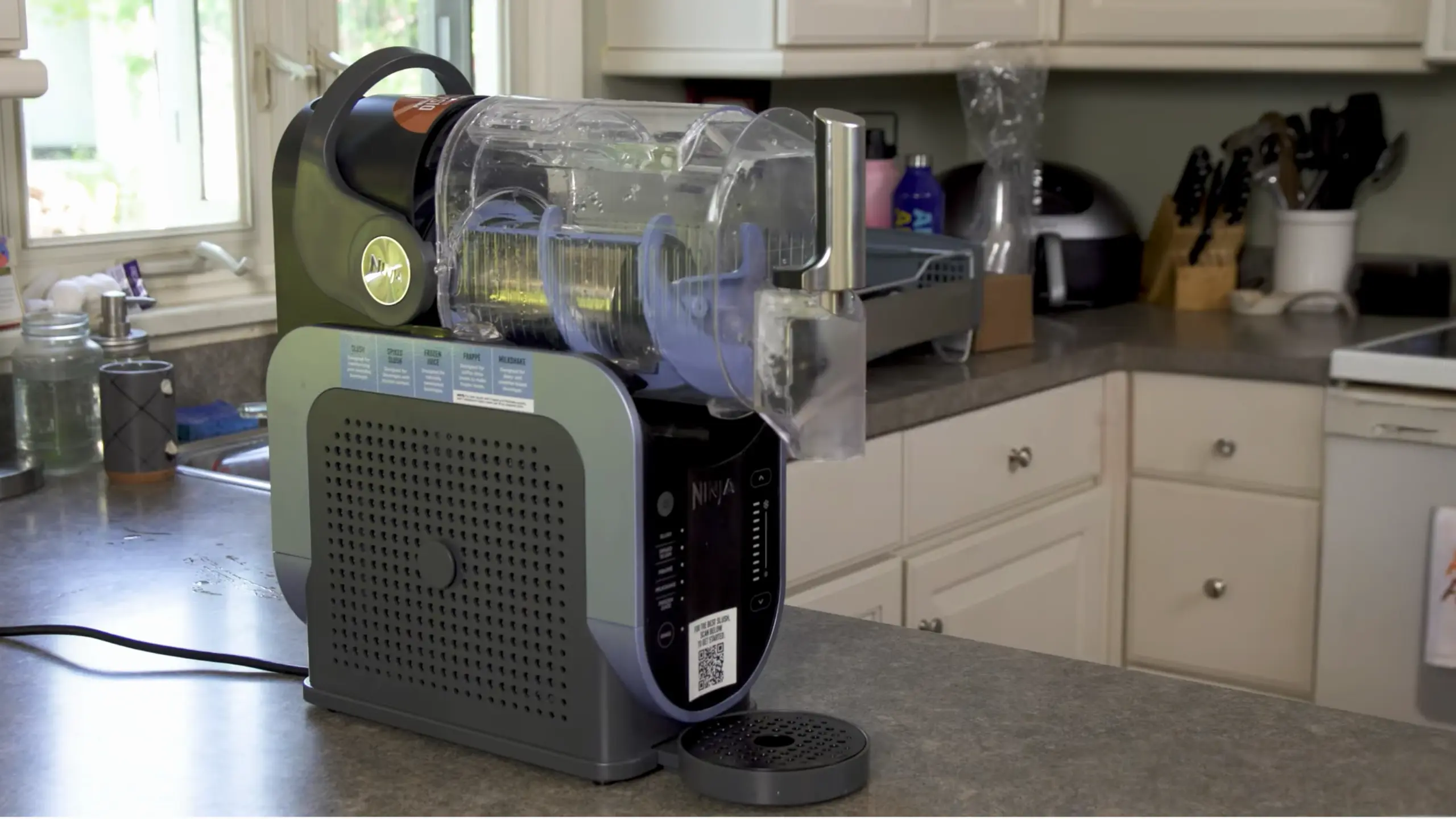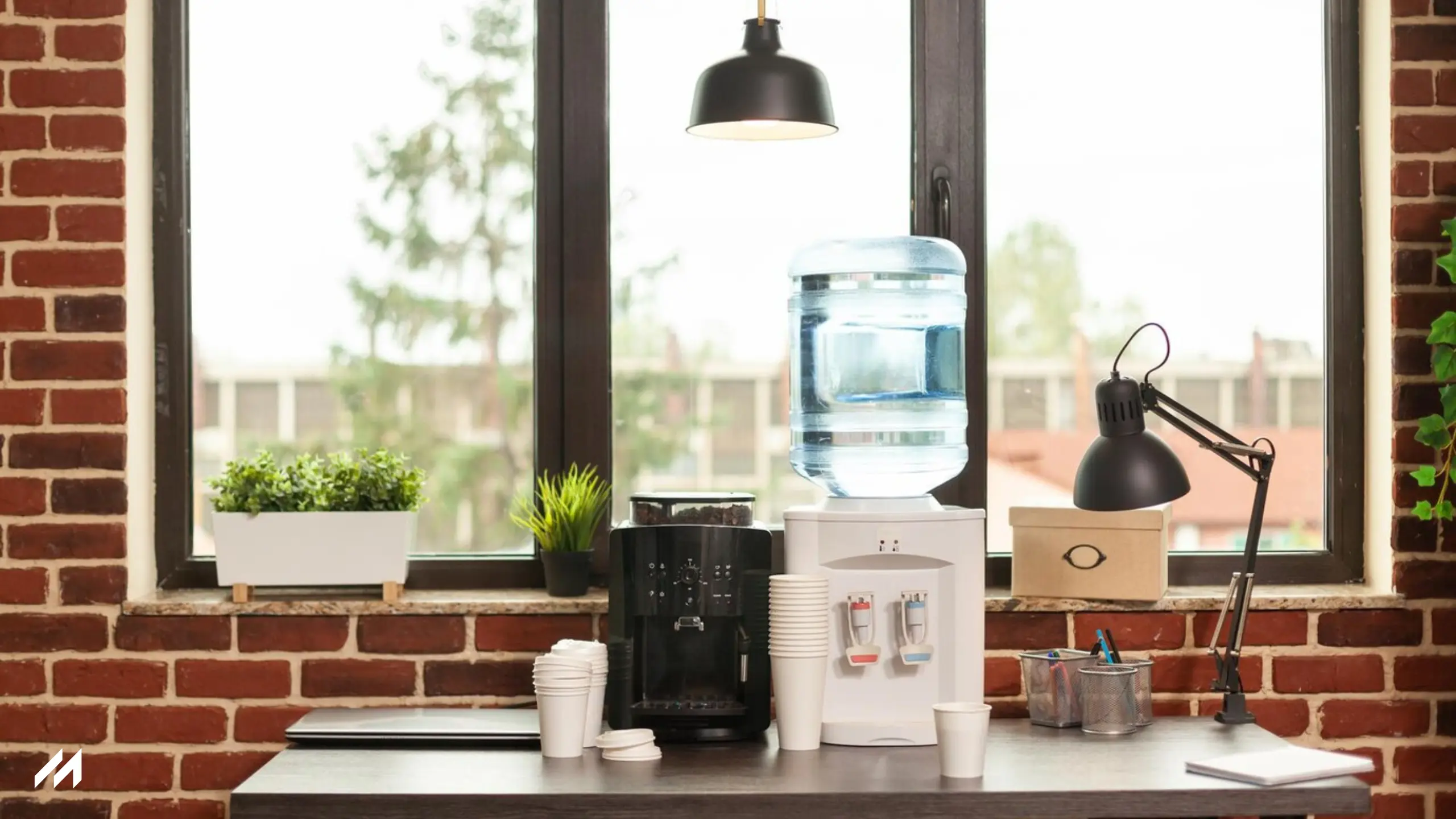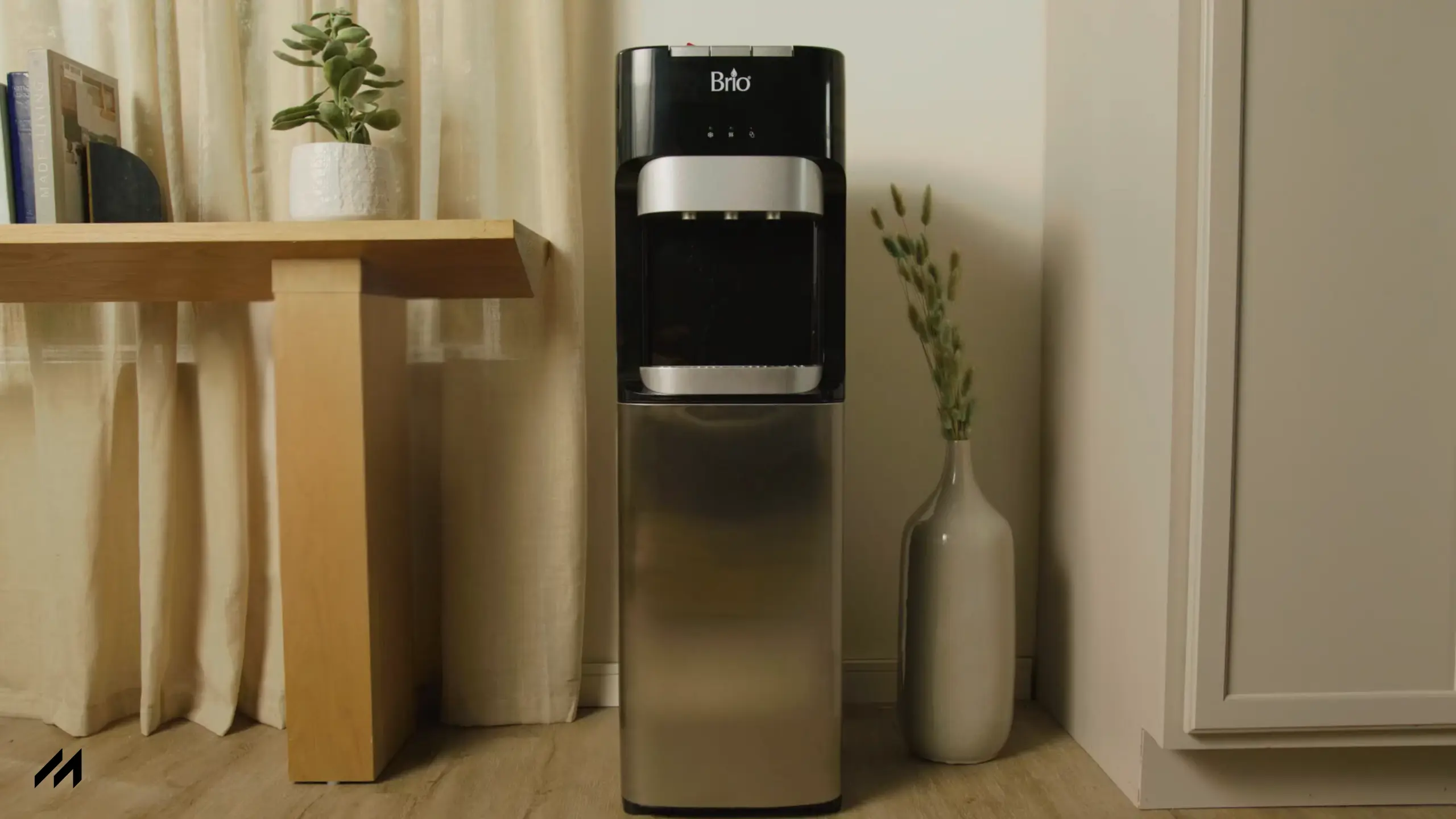Keurig coffee makers are popular because they are really convenient and fast. They brew different types of beverages using K-Cup pods, thus making things pretty easy for coffee lovers. Just a few steps, and one gets to enjoy coffee, tea, hot cocoa, or iced drinks. Keurig has won the hearts of many people due to its innovation and efficiency.

This quick guide provides you with clear, step-by-step instructions through setting up, using, maintenance, and troubleshooting of your Keurig coffee maker. New users or just needing a refresher, from set up to upkeep, everything will be clearly covered. Read Keurig Coffee Maker Instructions Book
Getting Started with Your Keurig Coffee Maker Instructions
Unboxing and Setting Up Your Keurig
First, gently remove the Keurig coffee maker from its box and clear any packaging. Make sure any enclosed accessories may include a holder for the K-Cup, a water container, power cord, and, in some versions, a K-Cup pod sampler.
Put the device on a level, firm surface with easy access to a wall outlet for a water container and a cup beneath the spout. Follow Keurig Coffee Maker Instructions. Next, plug it in; the device will start by itself, automatically flashing “preheating” on its display while warming up.
Filling the Water Reservoir
Initial Brew Cycle (Priming the Machine)
It is recommended to run a water-only cycle before brewing your first cup of coffee in the Keurig for priming purposes. Read Keurig Coffee Maker Instructions Book.
Keurig Coffee Maker Instructions will help clear any residue with the first water-only cycle and ensure everything is running just right for that first cup of coffee.
Brewing Coffee with Your Keurig Coffee Maker
Operating a Keurig is very straightforward, merging convenience with the ability to adjust to taste.
Choosing and Inserting a K-Cup
Select Your K-Cup:
Choose the flavor of coffee or beverage you will brew. Keurig has many varieties, ranging from coffee and tea to hot cocoa and specialty drinks. For coffee, think about roast and strength. You can also try flavored varieties like vanilla, caramel, or mocha.
Insert the K-Cup:
Tips for Choosing:
Selecting Brew Size and Strength
Adjusting Brew Size:
Keurig machines allow you to choose your brew size, from 6 oz to 12 oz.
Using the Strong Brew Option:
Some models have a “strong brew” option. This slows down the brewing process, extracting a stronger flavor.
Turn this on before brewing for a more enriched flavor.
Starting the Brewing Process
Removing the K-Cup and Disposal
Cleaning and Maintaining Your Keurig Coffee Maker
Daily Cleaning Tips
Clean the drip tray each time, just empty and rinse with warm, soapy water. Use a soft cloth, damped to absorb grounds from the K-cup holder; just wipe over. After, remove any residue or buildup inside by rinsing out the water reservoir. Then gently rub the entire machine, now and again with a soft dry cloth to clean away dust or other possible discolorations, so this just makes a really nice coffee appliance that works beautifully for daily activities.
Descaling Your Keurig
Why Descaling is Important:
Over time, mineral deposits from water will build up inside your Keurig. The buildup performance will be affected, too, and may lead to a slowing of brewing. This will definitely change the taste of the coffee. Regular descaling every 3-6 months will keep this machine running and your coffee tasting great.
Descaling Your Keurig (Quick Steps)
Vinegar takes just a little more time compared to the Keurig descaling solution, but both do their job effectively.
Deep Cleaning Your Keurig
Deep clean your Keurig: unplug the machine, clean out the old grounds from the needles with a paperclip or cleaning tool. Wipe the K-cup holder and spout with a damp cloth and drip tray using a small brush where the ordinary cloths will not go, soak the pod holder in a warm, soapy water afterward dry well. Regular deep cleaning will keep it running smooth with no clog issues.
Replacing the Water Filter (if applicable)
Tips: Use filtered water and rinse the reservoir regularly to ensure fresh, clean water for brewing.
Troubleshooting Common Keurig Issues
Keurig Won’t Brew
Clogged needles or even air bubbles because of low water levels are potential reasons why your Keurig Coffee Maker is not brewing. Cleaning of the needles should be done with a paperclip or Keurig’s tool for cleaning, ensure the reservoir is full and seated correctly, and run a brew cycle of water only to remove any air bubbles. These simple steps will get your Keurig working again.
Keurig Brewing Too Slowly
Slow brewing usually results from blockages or buildup of minerals. To resolve this, descale your Keurig using either a descaling solution or vinegar to remove the minerals. Clear the needles and K-Cup holder from the debris that clogs them by cleaning, and run a cycle with only water inside to make the water flow better. Just clean and regularly descale the brewer for efficiency.
Keurig Displaying an Error Code
“Prime” Error:
“Add Water” Error:
“Descale” Error:
“Over Ice” Error:
Keurig Not Heating Water
Advanced Tips & Recommendations
Maximizing Coffee Flavor
Make it stronger: Employ fresh, filtered water for lesser impurities in your coffee flavor. Use good quality K-cups, especially Starbucks or Peet’s, for great, flavorful brews. Optimize your brew size-here, the smaller the better in terms of stronger flavor. Press the “strong brew” option to up your taste experience a notch higher.
How to Make Iced Coffee with Your Keurig
The most important thing about iced coffee is using the bold K-Cups, such as Dunkin’ or Starbucks, and brew a smaller size, 6 oz, over a glass of ice. It keeps the boldness of your coffee without becoming too watered down. Pour in milk or flavored syrups to create a creamier, more customized drink.
Eco-Friendly Coffee Solutions
Use waste-reducing reusable K-Cups and fill them yourself. Recycle the K-Cup by popping the lid, discarding the ground, and getting rid of the plastic cup. Composting can be another viable way of recycling the coffee used grounds in your coffee routine to make it truly green.
Conclusion
In a nutshell, your use of the Keurig involves a few very simple tasks: assembling, adding water in the reservoir, inserting the K-Cup, and then selecting brew size and strength. Regular cleaning also includes daily cleaning of the holder for K-Cups and a drip tray against periodic scaling, which is preventive for mineral deposition.
Personalize your coffee to the perfect strength and flavor for the best experience by experimenting with different brew settings. Regular maintenance will prolong your machine’s life and keep your coffee fresh.
Enjoy diverse coffee options for a more satisfying personal cup every time!
FAQ Section (Optional)
1. Can I Use Ground Coffee in a Keurig?
You can use ground coffee with the Keurig, but you can only use it through a reusable pod. Reusable pods are designed for filling up your preferred amount of coffee grounds in order to allow more personalization in your brewing. Fill a reusable pod with desired amounts of ground coffee, fit it on the Keurig, and you’re set!
2. Why Does My Keurig Keep Saying “Add Water”?
Your Keurig could be giving an “Add Water” notice in case of low water level or ill-placed positioning, plus a dirty water sensor. Solution: Ensure that the reservoir is full and put in its right place in the machine. In case of the same error showing up again, clean the water sensor area. These steps will definitely help resolve the issue with your Keurig.
3. How Do I Make My Coffee Stronger?
4. Can I Brew Larger Cups of Coffee (e.g., 12 oz)?
Yes, you can have larger cups with some models of Keurig. Actually, most Keurig coffee makers can make brews up to 12 oz if not 14 oz. Just select the size and press brew.
But larger sizes are not available in all the models, so you may want to check your Keurig model’s specification. You can also make a larger cup of coffee stronger by simply adjusting the strength setting or even by using higher-end coffee pods.

Hello, I am Yeasin Sorker, a blog writer and a kitchen appliance expert. I’m a kitchen industry veteran and provide insight, installation advice, and unbiased reviews. I love helping consumers know what to expect from appliances, their benefits and their drawbacks, and have the best experience with them. My information is based on the data.



Leave a Reply